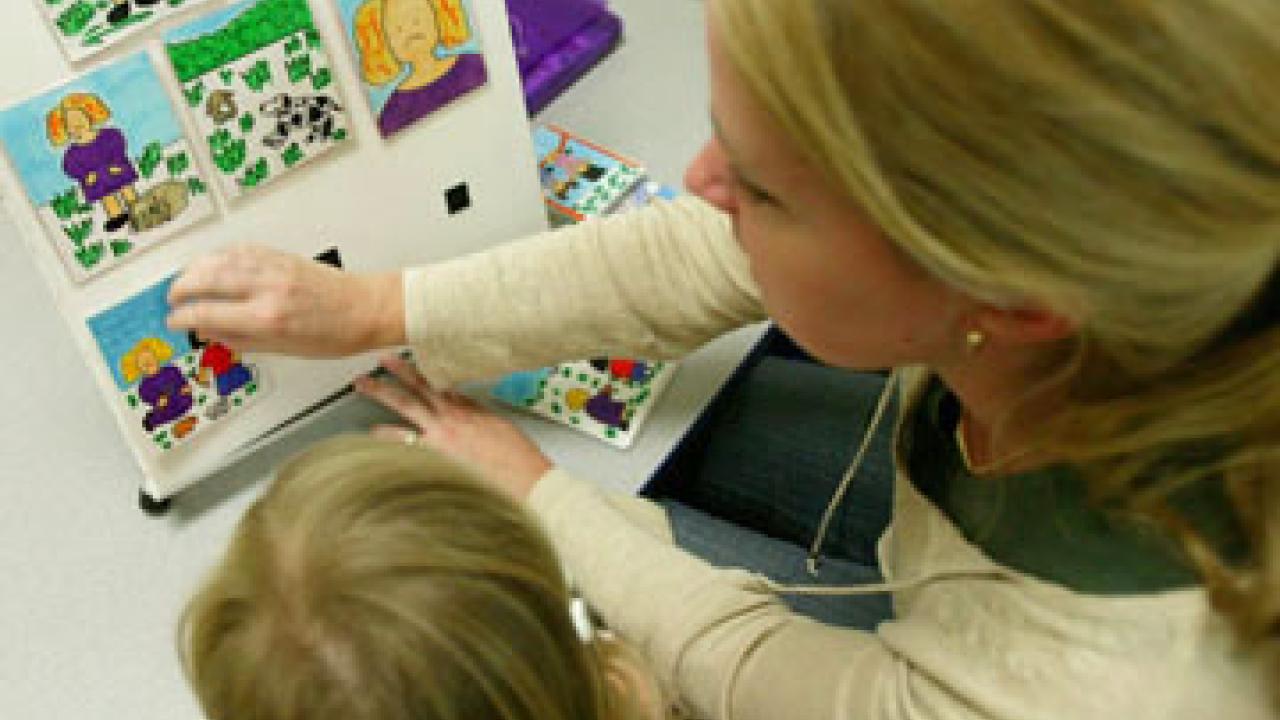New research by UC Davis psychologist Kristin Lagattuta suggests a possible reason why anxiety rates are higher in women than in men: Women may be better at anticipating potential threats based on past experiences.
In two studies reported in the current issue of the journal Child Development, Lagattuta found that from the age of 4, females are more likely than males to anticipate future "what ifs."
In her first study, Lagattuta presented six simple stories to 64 study subjects ranging in age from 4 to 23. In each story, a character is wronged and then, when encountering the same wrongdoer days later, either experiences worry or takes protective steps.
In "David's Story," for example, a red-haired boy steals David's favorite teddy bear. Many days later, David sees the red-haired boy again and feels worried. In an alternate version of the story, David sees the red-haired boy again and decides to hide his toy cars.
After hearing a story, children and adults were asked to explain the cause of the worry or the behavior change.
In the second study, Lagattuta told stories to a different set of 64 study subjects, this time ages 3 to 23. In these stories, the central character is wronged and days later encounters a person or animal that looks similar, but not identical, to the wrongdoer.
David, for example, again has his teddy bear stolen by a red-haired boy and later sees a different red-haired boy.
Research participants were asked to predict and explain the central character's emotion, or were asked to explain why the character felt worried.
Across ages, females in the first study were more likely than males to explain worry or protective behaviors as caused by events that "might" or "could" happen in the future versus events that were certain to happen. Females in the second study more often predicted the character would feel worried or take protective steps, even though a different animal or person was encountered.
"This across-age gender difference in predicting and explaining worry and preventative actions is intriguing in light of research showing that female children and adults have more frequent and intense worries," Lagattuta said. "Indeed, this research suggests that gender differences in reasoning about potential risk situations may begin during the preschool years."
On the Net: www.blackwellpublishing.com
Media Resources
Dave Jones, Dateline, 530-752-6556, dljones@ucdavis.edu
